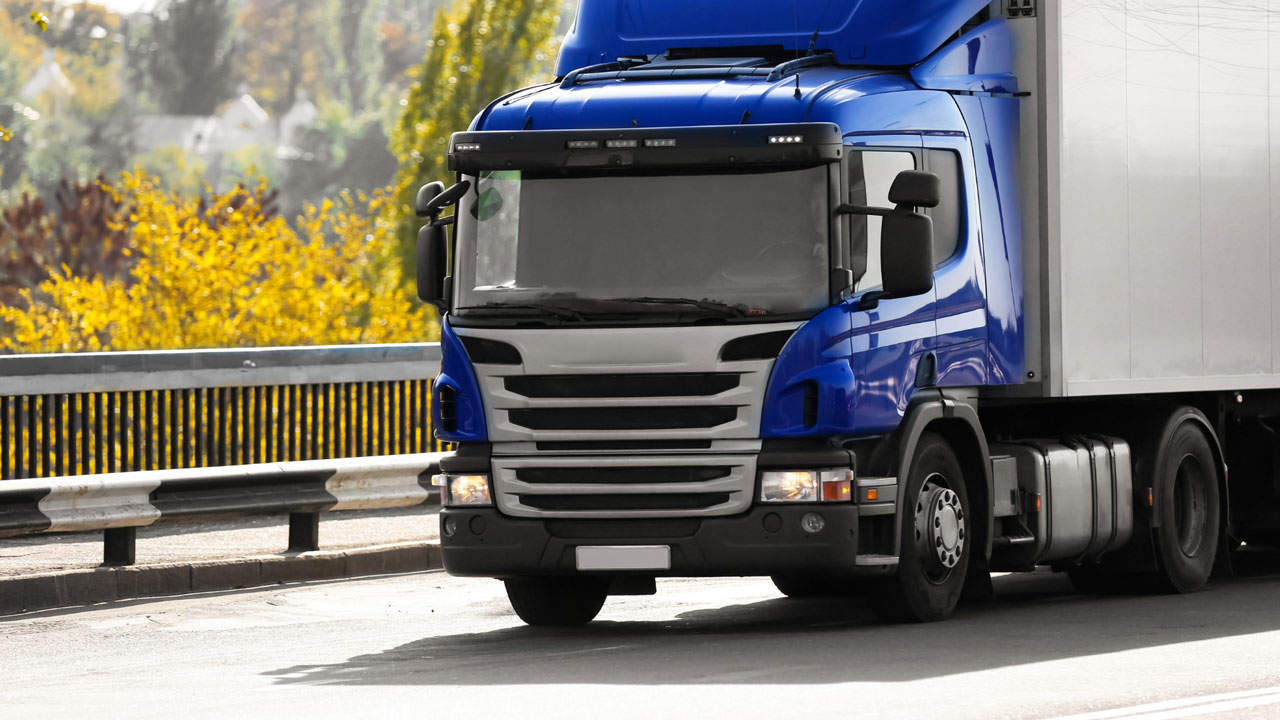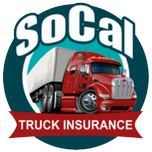
10 Common Causes of Commercial Truck Insurance Claims and How to Prevent Them
Commercial trucking is the backbone of the logisticsThe overall management of the way resources are obtained, stored, and moved to the locations where t... industry in California. However, it comes with its unique set of challenges especially when it comes to insurance claims. Understanding the top causes of commercial truck insurance claims is crucial for taking proactive steps to prevent them.
This not only helps in managing commercial auto trucking insurance for high-claim scenarios but also in maintaining a safe and efficient fleet. In this guide, we delve into the common types or causes of claims and outline strategies to mitigate these risks.
Top 10 Causes of Commercial Trucking Claims
Commercial truck insurance claims can result from various factors. Here are some of the common causes of commercial trucking claims and the strategies to prevent them.
1. Vehicle Accidents
Vehicle accidents stand out as a primary concern in the commercial trucking industry due to the extensive damage and injury they can cause. Key factors beyond driver error, poor weather conditions, and inadequate vehicle maintenanceRegular and necessary upkeep required to ensure the safe and efficient operation of a truck, typical... include distracted driving, speeding, and not adhering to rest regulations.
To mitigate these risks, trucking companies should invest in regular driver trainingPrograms designed to educate and improve the skills of drivers, focusing on safe driving techniques,... programs focusing on safe driving practices, including the use of technology to monitor driving habits and enforce rest periods. Additionally, installing advanced safety features in trucks, such as automatic braking systems, lane departure warnings, and stability control, can significantly reduce the likelihood of truck accidents.
2. Cargo Damage
Cargo damage can severely impact the bottom line through lost goods and insurance claims. Beyond improper loadingAn additional cost built into the insurance premium to cover losses that are higher than expected fr..., other causes include inadequate securing of cargo, overloading, and not using the right type of transportation for sensitive goods.
Implementing strict loading and unloading protocols, using quality securing equipment, and regularly training staff on these procedures can help prevent cargo damage. It’s also essential to use telematicsTechnology used to monitor vehicle movement, speed, and driver behavior, increasingly used by insure... and tracking technology to monitor cargo conditions in real time, especially for temperature-sensitive or fragile goods.
3. Theft and Vandalism
Theft and vandalism not only result in immediate losses but can also increase insurance premiums over time. Enhancing security measures is critical, particularly in high-risk areas or when vehicles are parked overnight. Strategies include using secure parking lots with surveillance cameras, implementing GPS tracking on all vehicles, and employing anti-theft devices.
Educating commercial truck drivers on the importance of security practices and the use of technology to alert them to potential tampering or unauthorized access to their trucks can also reduce incidents of theft and vandalism.
4. LiabilityA financial obligation or debt owed by an individual or business to another entity, typically result... Claims
Liability claims can arise from a variety of incidents, including commercial truck accidents caused by the truck driver, damage to property from cargo spillage, or environmental damage due to hazardous materials. These claims not only involve repair and compensation costs but can also lead to legal expenses and damage to the company’s reputation.
To reduce liability risks, it’s vital to maintain comprehensive insurance coverage that includes general liability, pollution liabilityProvides coverage for claims related to environmental damage caused by pollutants released during th..., and excess liabilityProvides liability limits above the primary insurance coverage, acting as a secondary layer of prote... policies. Regularly reviewing and updating these policies to reflect current operations, as well as engaging in risk managementThe process of identifying, assessing, and controlling threats to an organization's capital and earn... practices like safety audits and compliance checksInspections and audits conducted to ensure that businesses adhere to industry regulations and standa..., are essential steps in protecting against liability claims.
5. Driver Fatigue
One of the leading causes of commercial truck accidents is driver fatigue. Long hours on the road without adequate rest can impair a driver’s reaction time, judgment, and ability to drive safely. Implementing strict adherence to hours-of-service regulations and encouraging regular breaks can help prevent such incidents.
6. Improper Vehicle Loading
Beyond causing cargo damage, improperly loaded or overweight vehicles can also lead to truck accidents by affecting the vehicle’s handling and increasing stopping distances. Regular checks and adherence to loading guidelines are essential to ensure safety and compliance.
7. Mechanical Failures
Failures in critical vehicle components such as brakes, tires, and lights can lead to severe accidents. A preventative maintenance program is crucial for identifying and fixing issues before they result in a claimA formal request by a policyholder to an insurance company for coverage or compensation for a covere... from insurance companies.
8. Environmental Conditions
Adverse weather conditions such as snow, ice, fog, and heavy rain can significantly increase the risk of accidents. Training drivers to handle various environmental conditions and making informed decisions about when to halt operations can mitigate these risks.
9. Regulatory Violations
Violations of transportation and safety regulations can lead to fines and claims. These may include failing to secure necessary permits, violating weight restrictions, or not adhering to hazardous material handling regulations. Staying informed and compliant with all relevant regulations for trucking companies is essential.
10. Third-Party Damage
Accidents caused by the actions of other drivers or parties can still lead to claims against commercial truckers, especially in cases where determining fault is complex. Having dash cams and telematics data can help prove your driver’s case in such scenarios.
Strategies to Prevent Claims
- Implement Rigorous Safety Training: Regular safety training for drivers can significantly reduce the risk of accidents. Focus on defensive driving techniques, proper cargo handling, and awareness of changing road conditions.
- Maintain Commercial Vehicles Diligently: Regular maintenance checks are essential to ensure that all parts of the truck are in optimal condition, reducing the likelihood of accidents due to mechanical failures.
- Invest in Security Measures: To prevent theft and vandalism, invest in security measures such as GPS tracking, secure parking areas, and advanced locking systems for both trucks and cargo.
- Adopt Advanced Technology: Technologies like telematics can monitor driver behavior, vehicle performance, and provide real-time data to prevent accidents. Dash cams can also provide crucial evidence in the event of an incident.
- Review and Optimize Routes: Optimizing routes can not only improve efficiency but also reduce the risk of truck accidents by avoiding known high-risk areas or congested traffic conditions.
- Foster a Safety-First Culture: Creating a culture that prioritizes safety above all can encourage responsible behavior from all employees, reducing the likelihood of negligence-related claims.
Managing commercial trucking insurance for high-claim scenarios starts with understanding the common causes of claims and implementing strategies to mitigate these risks. By investing in driver training, vehicle maintenance, and technology, trucking companies can significantly reduce their risk profile and, consequently, their insurance premiums.
Protect Your Fleet with SoCal Truck Insurance
At SoCal Truck Insurance, we understand the challenges you face in managing the risks associated with commercial trucking. Our team is dedicated to providing you with customized insurance solutions that meet the unique needs of your operation. From comprehensive coverageProtects against damages to a truck from non-collision-related incidents such as theft, fire, vandal... to risk management advice, we are here to help you protect your fleet, reduce the likelihood of claims, and manage commercial auto trucking insurance for high-claim scenarios effectively.
Don’t wait for the unexpected to happen. Contact SoCal Truck Insurance today for a free, no-obligation quote, and let us help you build a safer, more secure trucking operation!


